By Michael D. Hull
A chill breeze cut through the early morning haze, and the storm-swollen sea was rough off the coast of northern France on Tuesday, June 6, 1944. An armada of 5,000 Allied ships carrying 250,000 soldiers and sailors, supported overhead by 3,000 fighters and bombers, moved inexorably across the English Channel for the invasion of Normandy and a long-awaited showdown with the forces of Nazi Germany on European soil. The “longest day” and the last great turning point of World War II had dawned.
Crammed aboard a host of landing ships, British, American, Canadian, and Free French assault troops shuffled to their debarkation stations, adjusted weapons and equipment, and nervously joked, prayed, or just fell silent. Destiny awaited them on five assigned beaches— the Americans on Utah and Omaha, and the British, Canadians, and French Commandos on Gold, Juno, and Sword. This was it. The biggest and most complex amphibious invasion in history was in motion, and there was no turning back.
Aboard the 5,000-ton Empire Lance, one of the mother ships butting through the Channel on that gray, fateful morning, were the 6th and 7th Battalions of the Yorkshire-based Green Howards, one of the British Army’s oldest and proudest infantry regiments. The invasion ground commander, wiry, irascible Field Marshal Bernard L. Montgomery of El Alamein fame, had hand-picked the seasoned 50th Northumbrian (Tyne Tees) Infantry Division to storm Gold Beach, and the Green Howards were its spearhead.
As the 7:30 am zero hour approached, the Green Howards, laden with Lee-Enfield .303 rifles, Bren and Sten guns, mortars, packs, ammunition, and medical kits, clambered 20 at a time down slippery webbed nets into bucking landing craft. When the “green for go” command was finally given after an hour of circling in the heavy swell, Royal Marine coxswains steered the packed landing boats toward Gold Beach. Many of the assault troops were so seasick that they were impatient to get ashore, no matter what awaited them. There was little of the usual cheery pre-action banter.
The assault troops were a blend of unblooded recruits and veterans of the Dunkirk, Western Desert, and Sicily campaigns. The 6th Battalion of the Green Howards, in particular, had served with distinction during the fighting retreat to Dunkirk in the spring of 1940, in Libya at the great Battle of El Alamein, and in Sicily, and one of its stalwart noncommissioned officers was about to become the British Army’s leading hero of the D-Day landings.
He was 31-year-old Company Sergeant Major Stanley Elton Hollis, returning to action in France after four years. Part of the leading wave during the British assault on Gold Beach east of Arromanches, his D Company of the 6th Battalion was assigned to go ashore at King Sector. The objective was to knock out the German heavy guns of the Mont Fleury battery, sited on higher ground just beyond the beachhead, near La Riviere, and create one of several coastal footholds through which waves of British reinforcements could be funneled.
On that day, the seemingly fearless CSM Hollis, already mentioned in dispatches for gallantry, wounded several times, and who had killed more than 90 enemy soldiers, would enter the pantheon of British and Commonwealth heroes by winning the Victoria Cross, the world’s most renowned medal for valor under fire. Not only would Hollis receive the only VC awarded during the initial Normandy landings, but he would gain it for two distinct acts of selfless courage. Highly decorated officers in his battalion would say later that Stan Hollis’s exploits in the Bayeux, Coulombs, Tilly, and Villers-Bocage areas of Normandy during the early hours of the invasion were worthy of two or even three VCs.
Even in a battalion with such a distinguished combat record, Hollis stood out as a remarkable man and leader. Muscular, six feet, two inches tall, and with fiery red hair and hands like shovels, he was a tough, disciplined soldier who had risen through the ranks to become a highly respected sergeant major. He could handle any type of small arms weapon, and his reactions under fire were like lightning.
Stan Hollis had an unbreakable force of will, a quick mind, and instinctive decisiveness that invariably led to the annihilation of the enemy, even when the odds were stacked against him. He also had a volcanic temper when provoked, and was quick to use his fists, whether in the midst of a close-quarter attack or a fracas behind the lines. But he never held a grudge. He was also a naturally modest man.
Born in the large industrial port town of Middlesbrough, Yorkshire, on September 21, 1912, Stan Hollis was the eldest son of Alfred E. Hollis, a laborer at an iron works in the tough Teesside district, and Edith Jane Hollis. After Alfred Hollis returned, gassed, from World War I, the family moved to the village of Fylingthorpe in picturesque Robin Hood’s Bay, near Whitby. Young Stan played with toy boats, explored the beaches and coves of the North Sea coastline, and scrambled up the cliff paths. He was a bright lad, but school was less appealing than the outdoors, and he was often in trouble for truancy. He grew into a strong, athletic youth.
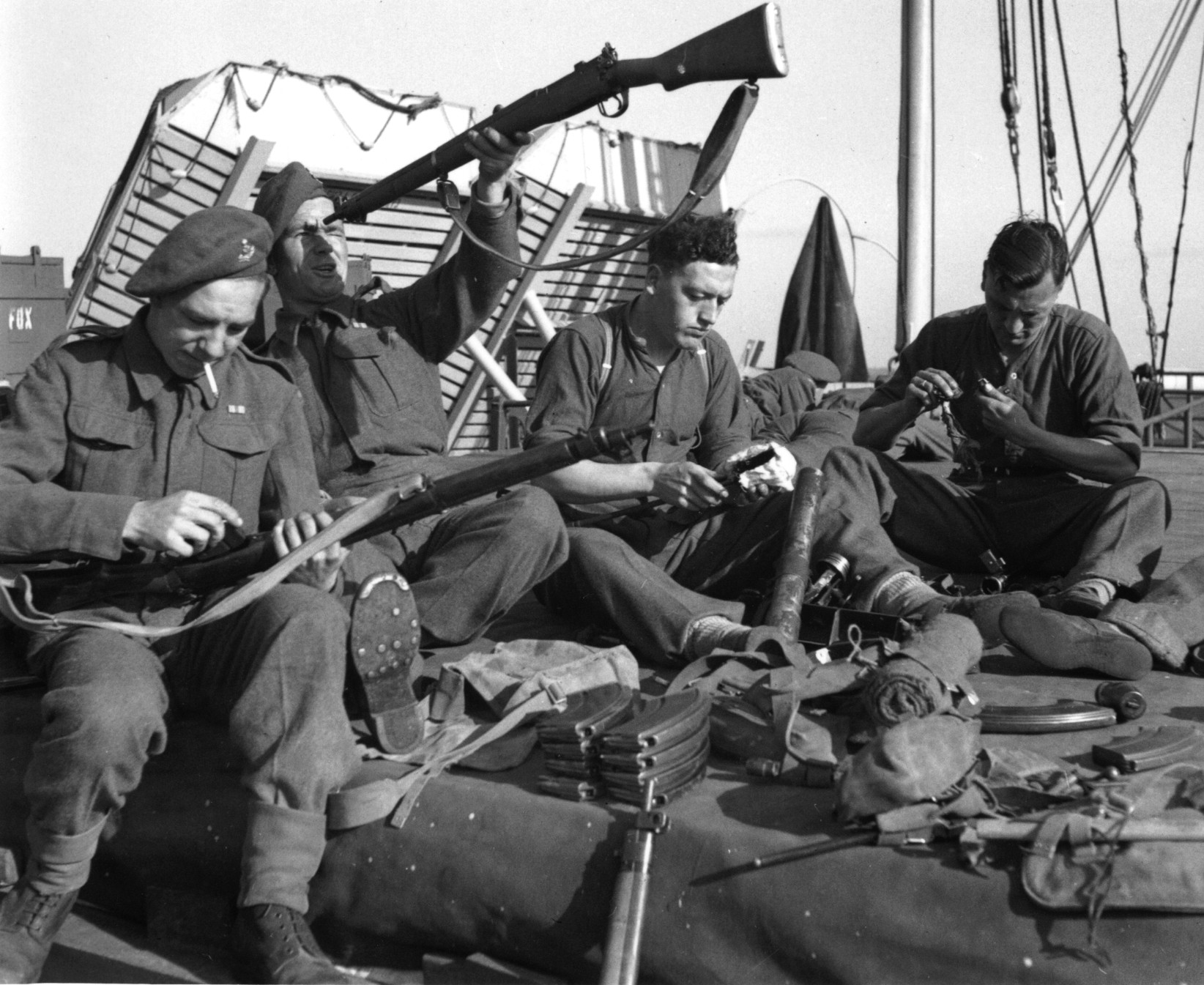
When his parents moved back to the North Ormesby district of Middlesbrough, Stan helped out in their fish and chips shop. He was almost 14 years of age when he met the girl who would become his wife, pretty Alice Clixby. They worked together behind the counter, peeling potatoes and slicing chips, and romance gradually blossomed. Stan attempted to catch up on what he had missed in school and passed a scholarship to attend Sir William Turner’s School in Redcar. But his parents could not let him go because he was needed in the shop.
Nevertheless, the youth had an adventurous streak and ran away to sea several times. So, when Stan was 17 years old, his father apprenticed him to the Merchant Navy to learn to be a navigation officer. Stan sailed aboard the SS Dunsley out of Whitby and later joined the Elder Dempster Steamship Line, which made regular voyages to West Africa. His maritime career ended there in 1930 when he fell seriously ill with blackwater fever. He was left with chest problems, but was able to overcome them later in the dry heat of the Western Desert.
Stan Good-Naturedly Estimated, He Probably Peeled More Potatoes than Anyone Else in the British Army.
Stan married his beloved Alice at the Middlesbrough Register Office in 1931, and drove a truck for a Teesside brick company. He always shared his cab with an Alsatian dog. When he lost his job during the Depression, Stan found work on local farms. Proud and self-reliant, he refused to accept the dole or family allowance payments. In later years, he would even refuse a war pension.
When war clouds started gathering over Europe in the late 1930s, Stan worked for the Army, driving munitions to the Middlesbrough docks. His pay rate was 15 shillings for three days’ work, and his basic ration consisted of meat pies. Meanwhile, he noticed that many of his friends had joined the Territorial Army (National Guard), and were drawing full pay at the Lytton Street Drill Hall (armory) in Middlesbrough. Not wanting to miss out on the action, Stan enlisted in the 4th Battalion of the Green Howards Regiment. He was promised a transfer to the Royal Navy, but it did not materialize. Stan then applied for a commission in the Army, but his limited education ruled him out.
While garrisoned before the outbreak of World War II on September 1, 1939, Stan proved to be a strong-willed and sometimes difficult soldier. He would sneak out of the barracks on a Friday night and go home to see his wife, his mother, and his two small children, Brian and Pauline. Consequently, he frequently found himself on defaulters (company punishment). Thanks to his early labors in the family fish and chips shop, Stan good naturedly estimated, he probably peeled more potatoes than anyone else in the British Army.
When British forces were mobilized with the outbreak of war, Stan Hollis helped to form the 6th Battalion of the Green Howards in Middlesbrough. He and his comrades finally got their chance at action when the unit sailed to France on April 24, 1940, to join the small but highly professional British Expeditionary Force fighting alongside the French Army. The 6th Battalion’s main function during the last days of the so-called Phony War was to build airfields behind the British lines.
Singled out as a bright prospect, Stan was assigned as his commanding officer’s dispatch rider and given a lance corporal’s stripe. The euphoria of the Phony War ended abruptly in May 1940, when fast-moving German panzer and infantry formations rolled through Belgium, Holland, and France. The BEF and French forces, poorly equipped and loosely coordinated, fought gallantly but were soon forced to retreat. That month, the 6th Green Howards saw action on the River Scarpe and in the desperate defense of Gravelines as the hard-pressed BEF, outflanked by the collapse of the Belgian Army and the withdrawal of key French units, pulled back toward the port of Dunkirk. Hollis performed sterling service as a dispatch rider, though he had never before ridden a motorcycle, and was promoted to sergeant.
He rode boldly along roads and through towns reported to be held by the enemy and sometimes arrived at his destination only to find that the British troops had gone. Yet, he never failed to get through with his dispatches. He was always ready to go out again, and was often seen asleep from sheer exhaustion in his saddle. His devotion to duty inspired all in the battalion.
On the afternoon of May 29, as German forces pressed closer to the British lines, the Green Howards were dug in near Hague Moelen, protecting the right flank of the main axis of withdrawal to Dunkirk. Stan and five comrades were ordered at a few minutes’ notice to try and distract German attention so that the 2nd Battalion of the Welsh Guards could escape imminent entrapment by the enemy.
The six soldiers grabbed three Bren guns and wildly drove a truck to an assigned spot, where they jumped out and sprayed as much fire at the Germans as they could muster. The desperate exploit succeeded against all odds; the Welsh Guards were able to force a gap in the enemy lines and escape an ignominious fate. Hollis and his five comrades were recommended for the Military Medal, but they later lost their chance for it, thanks to a petty-minded sergeant major. He put them on a charge of being drunk on duty at Highcliff Barracks, near Bournemouth, after the Dunkirk evacuation. The six men had celebrated with only half a pint of beer each.
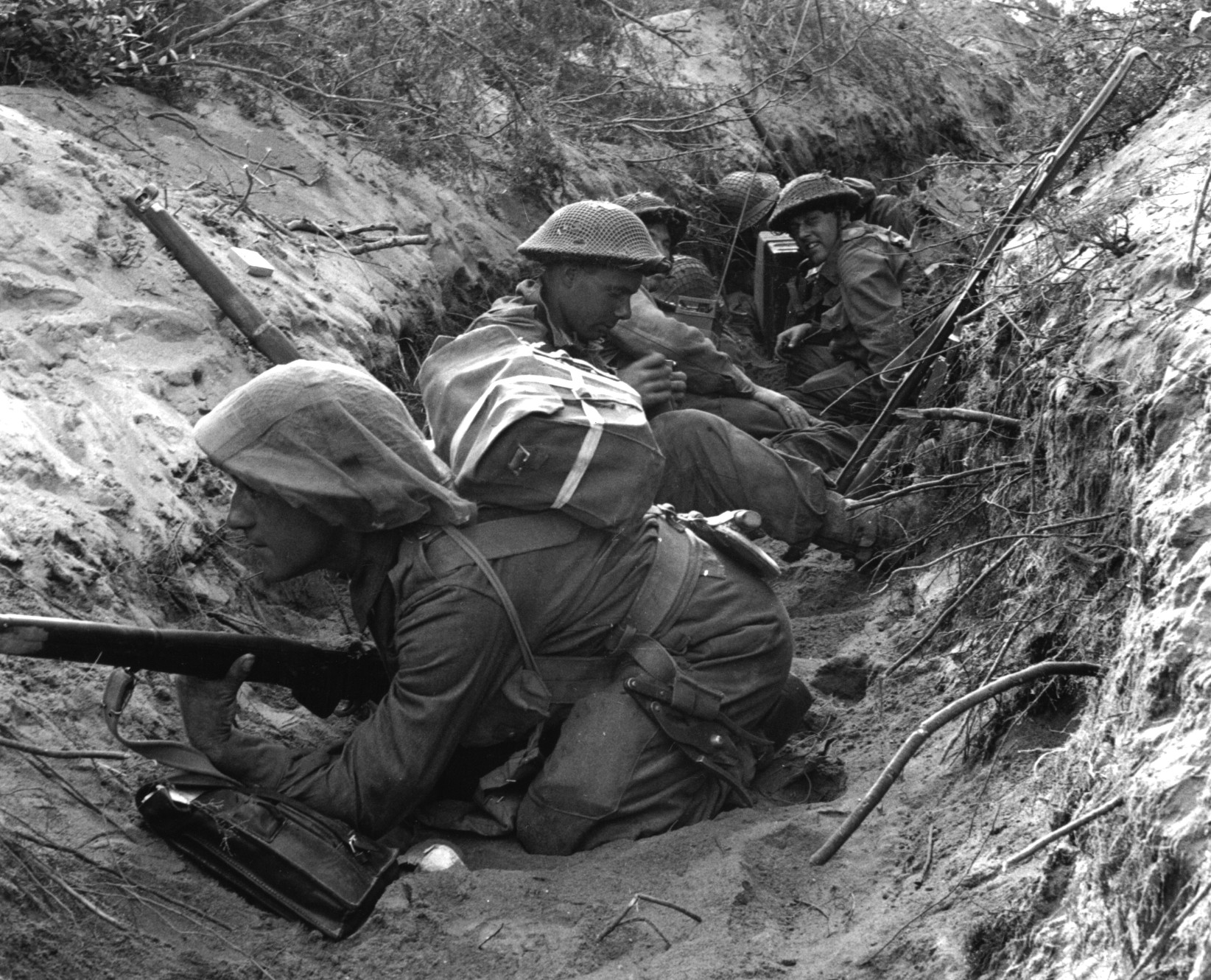
On another occasion, Hollis demonstrated coolness in the face of the enemy that was to amuse his comrades for a long time. When the battalion was set to leave Arras and head for Gravelines late in May 1940, Stan’s company was handicapped by a lack of transport because of destruction or capture. All that was left were several trucks and Stan’s motorcycle. So, he rode off and managed to scrounge a couple more trucks. The unit mounted up and set off, escorted by Stan on his motorcycle.
“He was Such a Brave Man. He had a Very Quick Mind, and Could Sum up Situations in a Flash. He Never, Ever, Panicked, and He Knew Exactly the Right Thing to do in Action.”
As the column approached a crossroads, the Tommies noticed two German MPs standing there. Hollis pulled up alongside them and calmly started directing traffic for them, letting the Green Howards’ trucks through. “The Germans never twigged we were British because he had been so bold,” reported Jack Smith, one of Stan’s comrades and later the president of the Middlesbrough branch of the Green Howards Association. “They were using our captured lorries at this time, and so they must have thought we were Germans. Thanks to Stan’s cheek, he got half a company of Green Howards through to safety.”
Added Smith, “He was such a brave man. He had a very quick mind, and could sum up situations in a flash. He never, ever, panicked, and he knew exactly the right thing to do in action.”
During the momentous days at the end of May and beginning of June 1940, Operation Dynamo under the command of Admiral Bertram Ramsay was launched to try and extricate the battered BEF from France. Royal Navy ships and a fleet of “little ships”—yachts, ferries, launches, and paddle steamers manned by civilian volunteers—moved in close under enemy fire to the smoking beaches of Dunkirk, where long lines of British and French soldiers waited patiently for evacuation.
Stan Hollis lay on the sands wounded and exhausted, with most of his clothing torn off. It was rumored that wounded men would have to be left behind, but Stan’s comrades would not abandon him. So, he managed to swim out several yards to a waiting Navy ship, where he was hauled aboard and wrapped in a blanket. Like many other Tommies, he said later that he escaped literally by the skin of his teeth.
After a spell in a hospital, Stan refused to be invalided out of the service and instead rejoined his battalion. After regrouping and retraining, it sailed for the Middle East in June 1941. The 6th Green Howards soldiered in Egypt, Cyprus, Palestine, Persia, and Syria before shipping out to Libya in February 1942 to join the British Eighth Army, which had been engaged in a long, seesaw struggle against Italian and German forces. After arriving on the Gazala Line, the 6th Battalion went into action with the 50th Northumbrian Infantry Division’s mobile column at Alem Hamza, Bir Thalata, Buq Buq, Wadi Akarit, Mersa Matruh, Mareopolis, and Ruweisat through June-July 1942, and moved up to the El Alamein defense line early that October, just in time for the decisive battle that pushed back Field Marshal Erwin Rommel’s vaunted Afrika Korps and its Italian allies.
With bayonets fixed and jaws clenched resolutely, the 6th Green Howards stood to on the historic night of Friday, October 23, 1942, when a thousand British field guns thundered the opening of the first great Western turning point of World War II. Under the command of General Montgomery, and heartened by the skirl of highland bagpipes, British and Commonwealth infantry moved forward to breach five miles of minefields while their artillery battered the enemy positions ahead. The British infantry was followed by squadrons of Cruiser, Churchill, and Sherman tanks, churning up dust clouds with their pennants silhouetted against the desert sky.
Hollis’s battalion made a successful subsidiary attack against strongly held German positions around the Munassib Depression. One dark night during the Battle of El Alamein, Stan was on patrol at Mersa Matruh in a Bren gun carrier when he was told that a German 60-ton Tiger tank was holding up a company of the Green Howards that was probing the enemy defenses. Without hesitation, Stan grabbed a gammon bomb and sped off in the carrier to confront the Tiger. Knowing that the tank could not dip its powerful 88mm gun far enough to hit his low-slung carrier, Stan jumped out, attached the sticky bomb to the tank’s hull, and roared off. The bomb detonated and killed everyone inside.
On another occasion in the Western Desert late in 1942, Stan and some comrades were riding in a Bren carrier that came under German shellfire. The Tommies jumped out to find shelter, and Stan suddenly yelled, “Get down!” He had trodden on a deadly German S-mine, which all British desert soldiers feared and hated. Once activated, S-mines—nicknamed “bouncing Betties”—shot about 10 feet high before exploding with devastating effect. Showing instant presence of mind and aware that the slightest jar would set off the mine, Stan ground his boot down on it. His comrade, Ernie Roberts, a mortar platoon member, reported, “Stan kept his foot hard on it, and amazingly it went off harmlessly in the ground. It is safe to say he saved the lot of us—and he finished up with just a bruised foot.”
Hollis was captured by the Germans in the desert and sent to a transit prison camp, where his captors kicked his face and head, breaking his cheekbones and cracking his skull. He was fed potato peelings. While in captivity, he was introduced to Field Marshal Rommel, who had heard of Stan’s fighting spirit and asked to meet and congratulate him. The admiration was mutual. Stan said later that while he hated most Germans and what they stood for, he respected Rommel as a warrior. Not wanting to be shipped to a prison camp in Germany and miss the rest of the war, Stan escaped with the help of his friends. He then spent time in a British hospital and had to have metal plates put in his face.
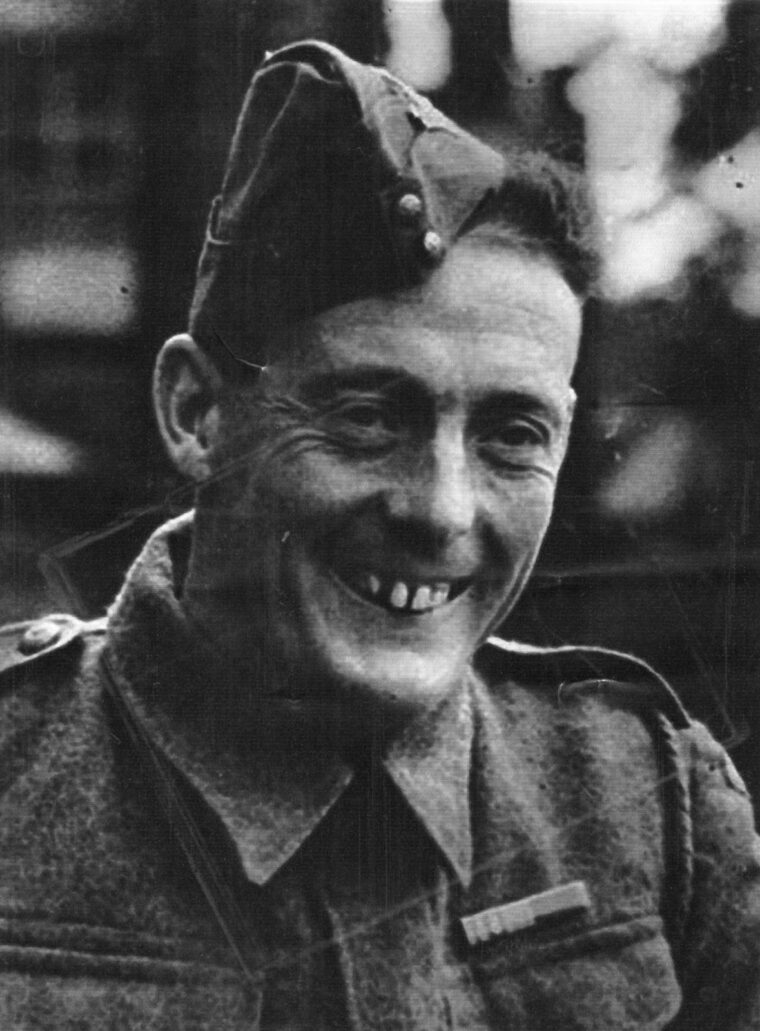
Next came Operation Husky, the massive invasion of Sicily in July 1943, by Montgomery’s Eighth Army and General George S. Patton Jr.’s green U.S. Seventh Army. While the Americans wheeled out across the western areas of the craggy, dusty island, facing sparse opposition, the British battled against firmly entrenched German defenses on the eastern coast. The strategic port of Messina, gateway to the Italian mainland, was the main objective.
Recently promoted to company sergeant major, Hollis was again in the thick of the action as his battalion and the 1st and 7th Green Howards fought an arduous campaign through the Catania Plain to seize the vital Primosole Bridge over the River Gornalunga, helping to bring about the eventual capture of the island. Casualties were heavy as the tough Yorkshire infantrymen faced German parachute troops, and Stan’s D Company was whittled to 30 men. There were many hand-to-hand struggles.
Stan displayed his characteristic courage on several occasions. During one skirmish, he tossed a hand grenade at a German soldier. It did not explode, but it was enough to send him dashing off like a scalded cat. For his overall gallantry, Stan’s commanding officer, Lt. Col. Robin Hastings, put him in for the Distinguished Conduct Medal, the next decoration down in line from the Victoria Cross for an NCO.
Hollis received a head wound during the Primosole Bridge action and was shipped back to a hospital in Philippeville, Algeria. It was one of six serious wounds he suffered during the war, and he had to have a metal plate inserted in his skull. He was out of action for three months while he recuperated. Meanwhile, after fighting at Catania, Riposto, and Capo d’Ali in Sicily, the 6th Green Howards sailed home to England in October 1943, for well-deserved leave, re-equipping, and training at Inverary in Scotland and on the English south coast for the forthcoming invasion of Normandy, Operation Overlord.
It Looked as Though Nothing and No One Could Survive Such Carnage, but Hollis and His Fellow Veterans Knew Better.
The din in the Channel was deafening early on the morning of June 6, 1944, as CSM Hollis and the other Green Howards rode toward Gold Beach. British and U.S. battleships, cruisers, destroyers, frigates, corvettes, monitors, and rocket ships pounded the French coast and enemy defenses inland; formations of Allied heavy bombers thundered across the coast at high altitudes, and fighters and medium bombers roared over at low levels to blast German installations and communications networks. The Normandy shore was wreathed in smoke and flame.
As the Green Howards were ferried closer to the shore, they were heartened by the devastation being wrought upon the German defenders hunkered down in concrete pillboxes, trenches, and steel-reinforced artillery bunkers. It looked as though nothing and no one could survive such carnage, but Hollis and his fellow veterans knew better. Battles and wars had always been won ultimately by such men of grit armed with rifle and bayonet. Tense but less nervous than many of his comrades, Stan Hollis was ready to kill more Germans and determined to return to his wife and children.
Enemy shellfire opened up on the Allied invaders, and great geysers marked shell bursts in the sea. The Mont Fleury battery was firing on the massive Allied fleet lying just off the coastline. Machine-gun bullets clattered on the thick metal sides of the British landing craft as they neared Gold Beach. Stan spotted a German pillbox on the seawall that had caused him concern during pre-invasion training, and knew that his men would come under heavy fire when they crossed the beach. So, he lifted a stripped Lewis gun from the floor of his landing craft and belted it with a full pan of ammunition. But the gun was white-hot and gave him a “bloody great blister” across his hand. It was the most painful wound he received during the entire war. Nevertheless, he rested the Lewis gun on the front ramp of the landing craft and fired long bursts to keep the Germans’ heads down.
When the ramp was finally lowered, Stan jumped into the waist-deep water and led his men at full pelt up the heavily mined beach. He took two machine-gun and two-inch mortar crews to lay down smoke in front of the pillbox so that his men could work their way safely through the minefield. The noise was stunning as salvo after salvo of naval gunfire shook the ground.
Soon, the leading Green Howards platoons were across the minefield, through a hedge, and working their way up a hill in the direction of a house with a circular driveway. A burst of fire aimed at the leading platoons came from an enemy pillbox 50 yards to the right of the house, and Hollis reacted instantly. Firing his Sten gun from the waist, he charged the pillbox, dodging as the Germans inside returned fire. He shoved his gun muzzle through the firing slit, let off a burst, and then clambered on top of the pillbox and pushed a grenade through the slit.
When it detonated, Stan jumped down into the trench leading to the entrance and barged through the pillbox door. Two Germans were dead, and four other dazed defenders surrendered. Then, Stan noticed that the trench led to another pillbox about 100 yards away. He changed the magazine on his Sten gun and walked warily along the trench. He threw another grenade, and German soldiers emerged from the second pillbox with their hands up. A total of 18 Germans surrendered to him, and he directed them back toward the beach.
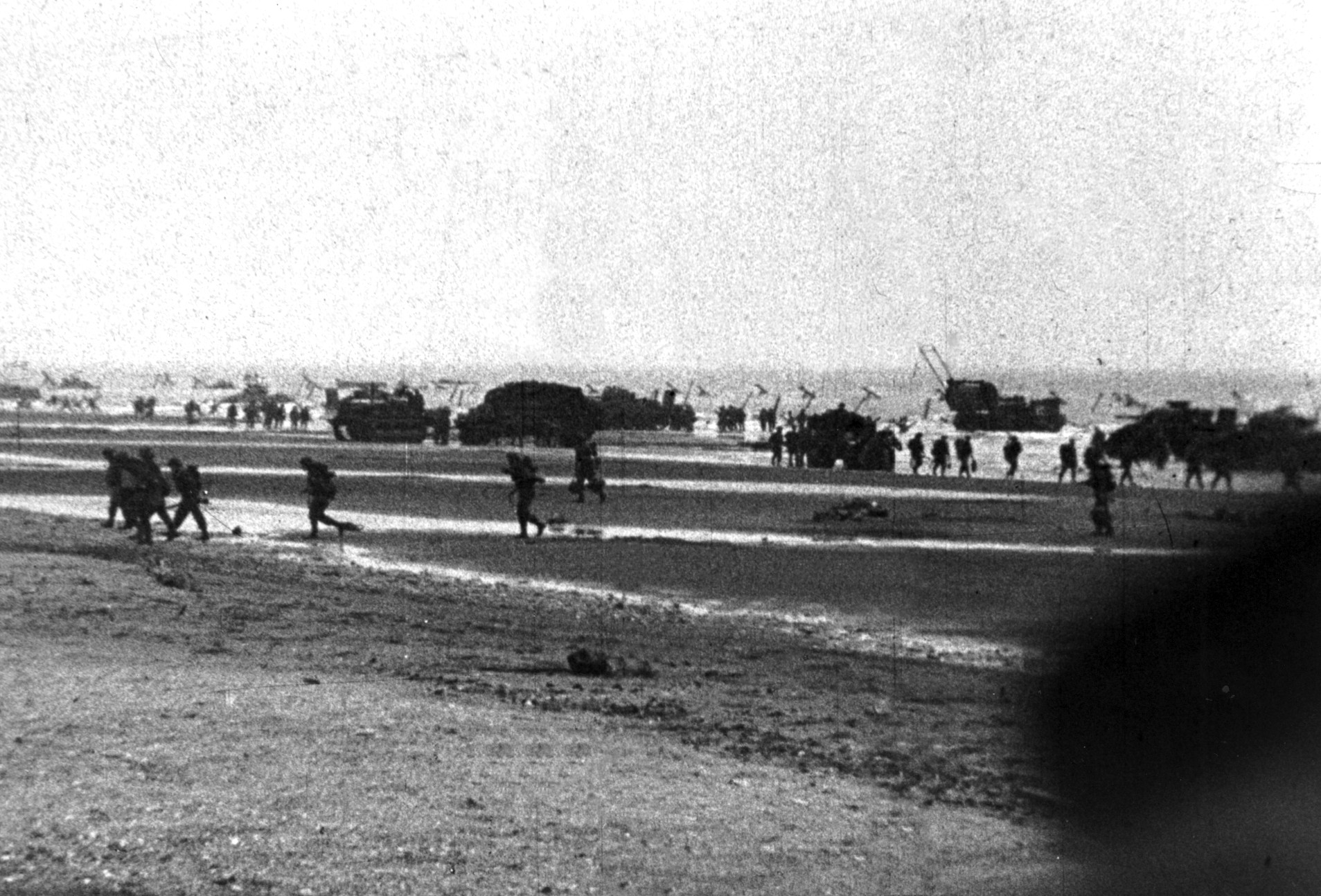
Stan’s first act of gallantry on D-Day—the first action for which he would be awarded the VC—came only half an hour after he had landed. Asked later why he had made a suicidal assault on an enemy pillbox over open ground in broad daylight, CSM Hollis replied simply, “Because I was a Green Howard.”
By midday on June 6, the Green Howards had taken most of their immediate objectives. Casualties were not as high as expected, but Colonel Hastings lost many of his officers, including two company commanders. The platoon leader and sergeant of the 16th Platoon had been killed, so Major Ronald Lofthouse, D Company commander, ordered Hollis to assume command. The company’s immediate task was to clear the village of Crepon to allow the 6th Green Howards to pass through and reach their main objectives five miles farther south on the road to Creuilly, Coulombes, and Bronay.
Around 11 am, D Company liberated Crepon, and Hollis’s platoon was ordered to search a lone farmhouse to the west. Stan led his men into the farmyard and found the farmhouse empty, except for a 10-year-old boy cowering in a corner. Scouting the rear of the farmyard behind a stone wall, Stan saw an orchard. Suddenly, there was a sharp crack, and a German bullet hit the wall a few inches from his face. About 150 yards across the orchard Stan saw movement through a gap in a high hedge—two dogs wagging their tails. Then, he spotted what appeared to be a hidden enemy field gun. He reported its position to Major Lofthouse, who gave him permission to deal with it.
Stan picked up a PIAT (projectile, infantry, antitank) launcher and ordered two Bren gunners to accompany him. The three men crawled stealthily through a rhubarb patch toward the German position. At the far end of the patch, Stan loaded the PIAT, took careful aim, and fired. The rocket looped through the air and fell short. The enemy gun traversed until Stan felt as if he was looking down its barrel, and a shell screamed over his head and slammed into the farmhouse behind him. Calling on the two Bren gunners to follow him, Stan crawled back rapidly to report to Major Lofthouse. The company commander decided to press on south because the German gun was not directly threatening the Green Howards’ route.
It was then that Stan heard the sound of a Bren gun firing from the rhubarb patch. The two Bren gunners, both wounded, had failed to follow him. Wasting no time, Stan grabbed a Bren gun and doubled back into the orchard. He charged straight toward the German position, firing from the waist and shouting at his two men to pull back fast. “I got them into all this, so it was my job to get them out,” he said later.
Disregarding small-arms fire from the Germans, he kept on firing until the two men had withdrawn. Once they were out of enemy range, Stan sprinted after them, miraculously untouched by the bullets whistling past him. Minutes later, the German position was silenced.
After being promoted to warrant officer second class, Hollis received the Victoria Cross for his actions that day. The award was announced in the London Gazette on August 17, 1944. The citation read, “Wherever the fighting was heaviest throughout the day, Hollis displayed daring and gallantry…. He alone prevented the enemy from holding up the advance of the Green Howards at critical stages…. By his own bravery, he saved the lives of many of his men.”
Brigadier John Powell of the Green Howards said, “Stan Hollis was a remarkable, resolute fighter. He was one of those people who, through the force of his own personality, could change the course of a battle.”
The 50th Northumbrian Division had overcome its initial difficulties by midmorning on D-Day, and by nightfall had pushed almost to the outskirts of Bayeux. It was closer to its prescribed objectives than any other Allied formation on that longest day. Meanwhile, Hollis was wounded in the leg and evacuated to England in September 1944. His fighting days were over. He was decorated by King George VI at Buckingham Palace on October 10, 1944. The man who had done as much as anyone to ensure the success of the Normandy landings was quiet and humble and regarded himself as just a professional soldier who did his job. “I was no hero—I did what I had to,” he told his daughter, Pauline. “I just wanted to come home and survive.”
After the war, jobs were scarce in Middlesbrough, and Stan was forced to spend several years as a sandblaster in the local steelworks. He then worked and became a partner in a Darlington motor repair business before returning to sea. Stan joined a Canadian registered ship as third engineer in 1950, and spent four years sailing in the Far East.
Returning home, Stan trained as a publican with Vaux Breweries and successfully managed the popular Albion Public House—later renamed The Green Howard—in Market Square, North Ormesby. When the pub was demolished in 1970, Hollis took over the Holywell View Pub at Liverton Mines, near Loftus. He found time to take part in annual Normandy battlefield tours organized by the British Army Staff College at Camberley, Surrey. After suffering a severe stroke, Stan died in North Ormesby Hospital on February 8, 1972, at the age of 59. He was buried with full honors at Acklam Cemetery in Middlesbrough on February 12. The Green Howards Regiment turned out in force to honor its D-Day hero, and two other VC winners attended.
Stan’s Victoria Cross and other decorations were auctioned at Sothebys in 1982, and fetched a then-record sum of 32,000 pounds. The buyer was anonymous. The Green Howards Association had not been able to raise the funds to acquire the medals, but in November 1997, their owner, Sir Ernest Harrison, OBE, gave them to the regimental museum in Richmond, North Yorkshire. He also helped the Green Howards erect a regimental memorial in Crepon, the Normandy village where Hollis carried out the second of his courageous acts on D-Day. Meanwhile, his regiment later made arrangements for a plaque honoring the hero to be placed on the beach at La Riviere.
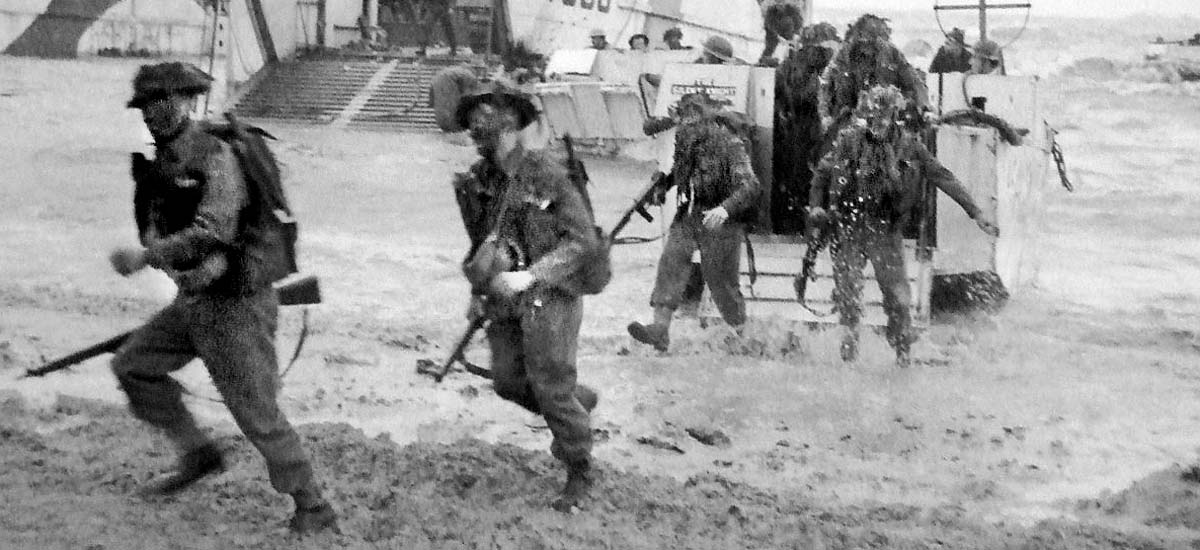
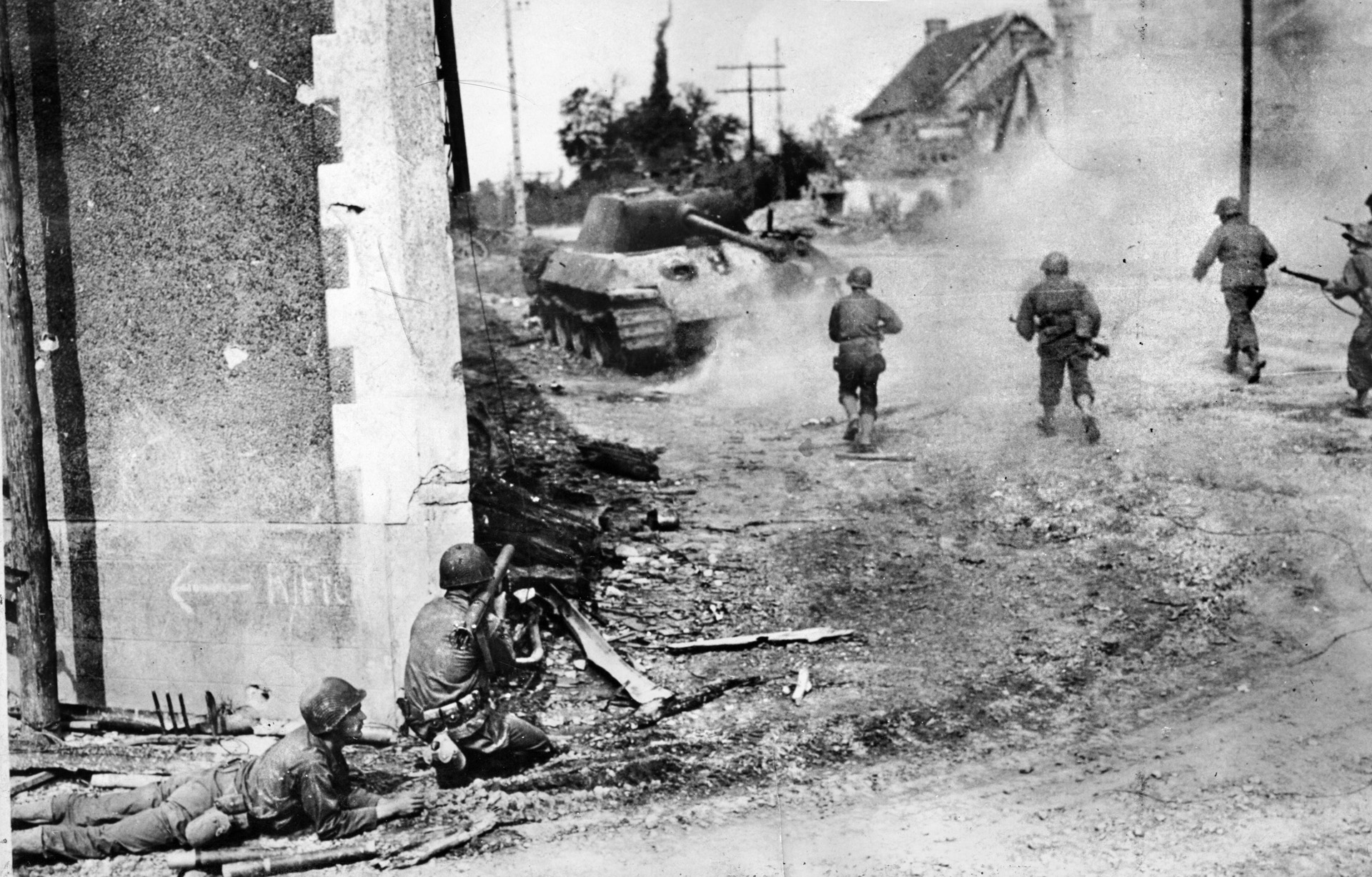
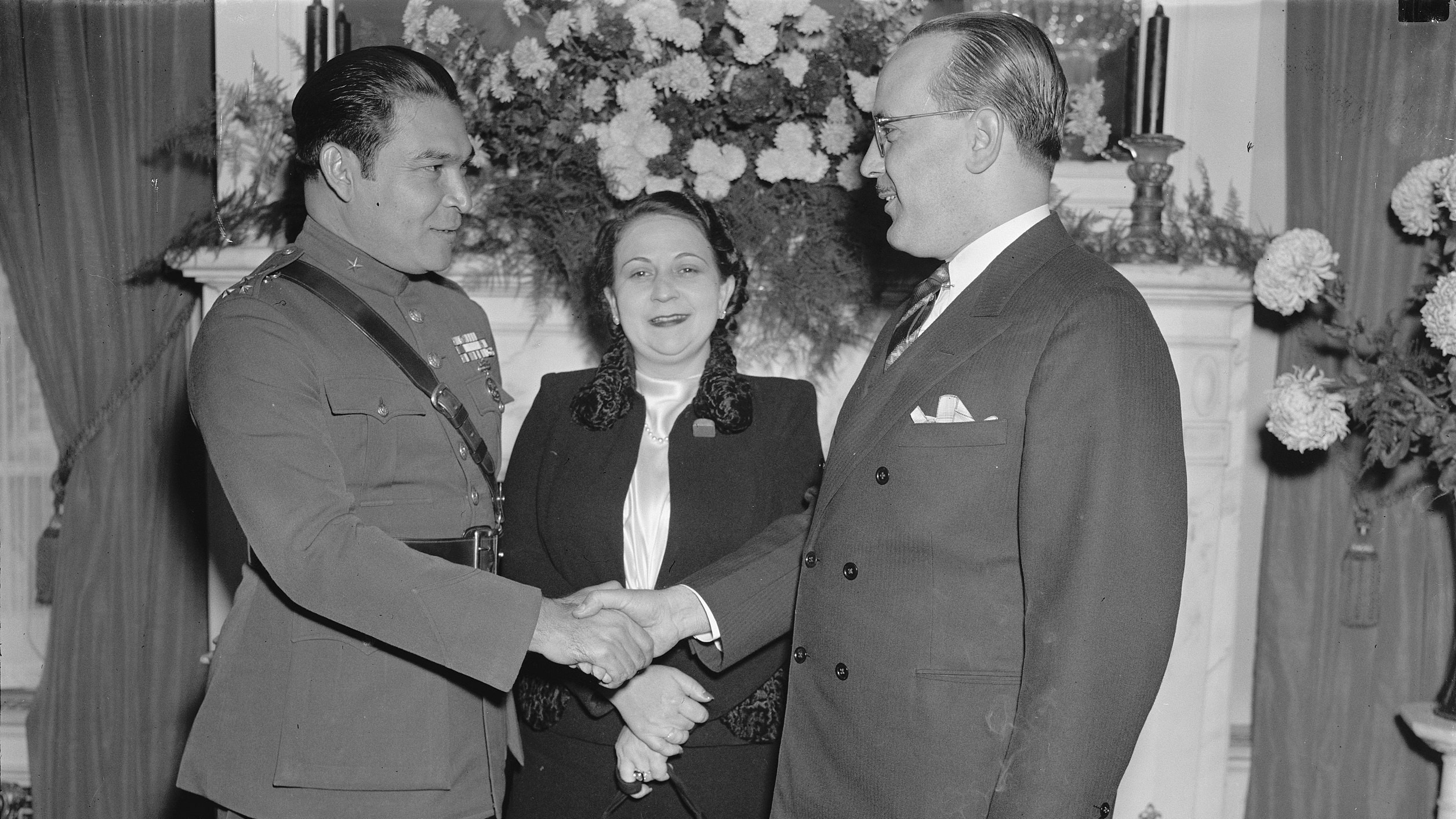
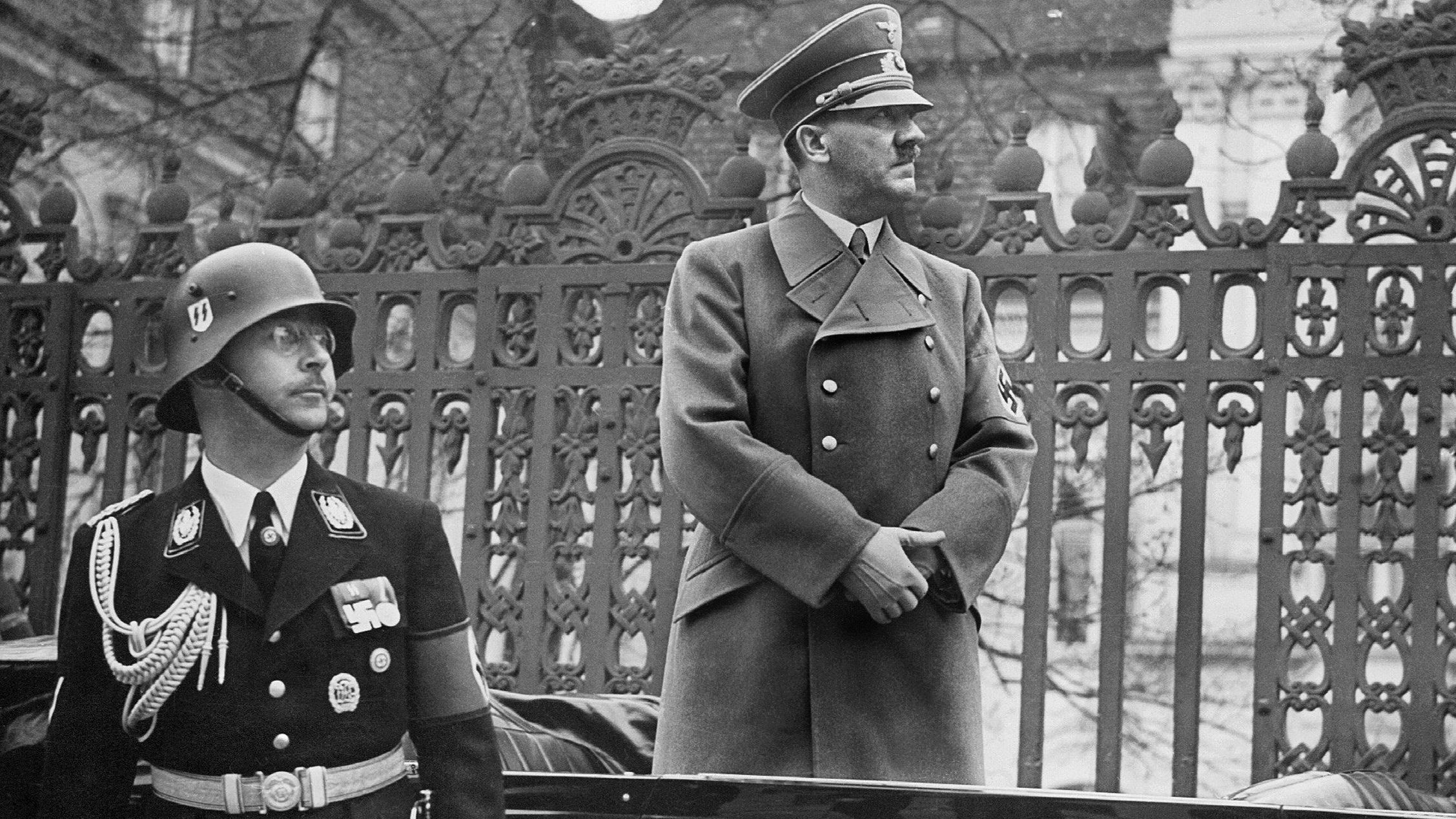
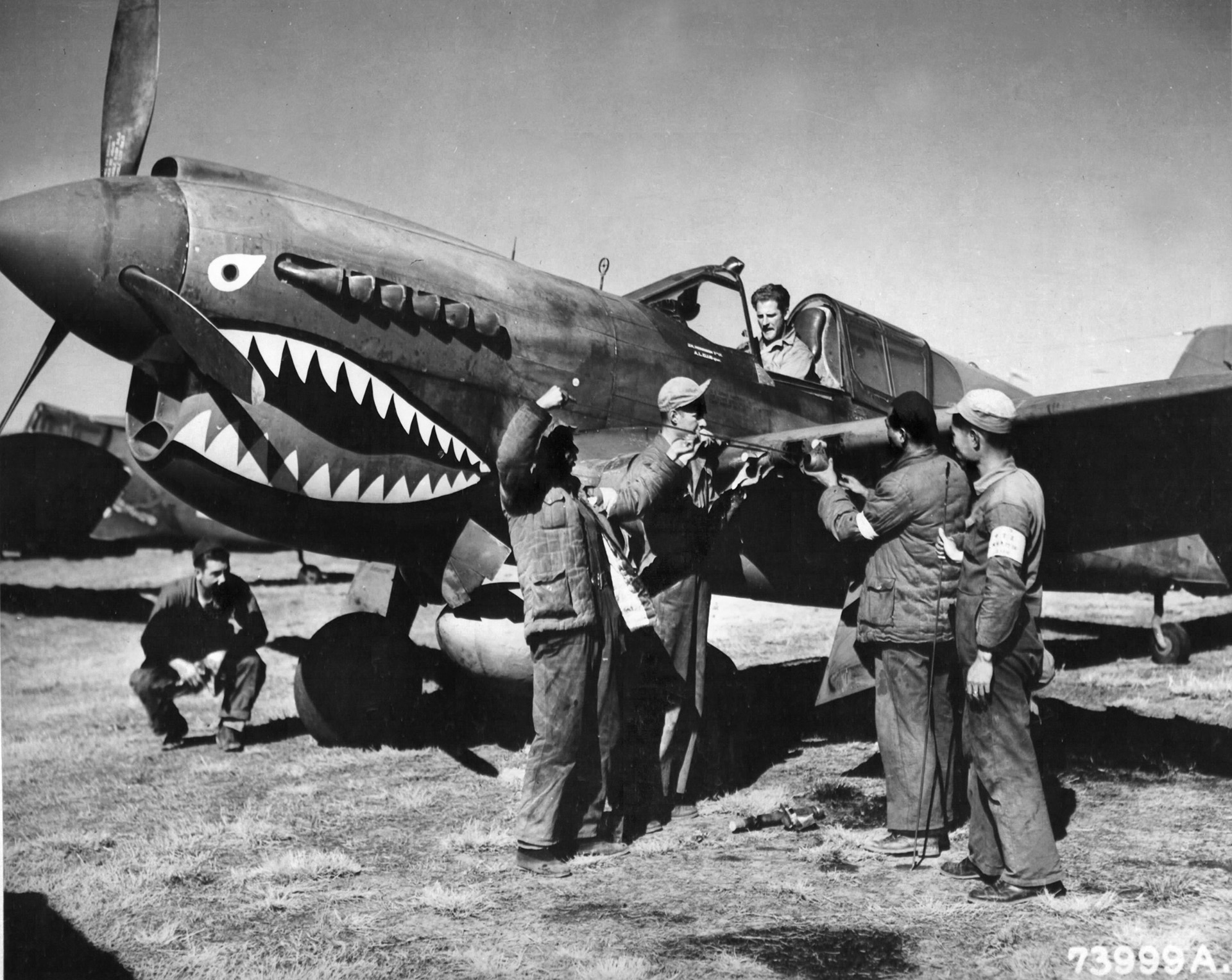
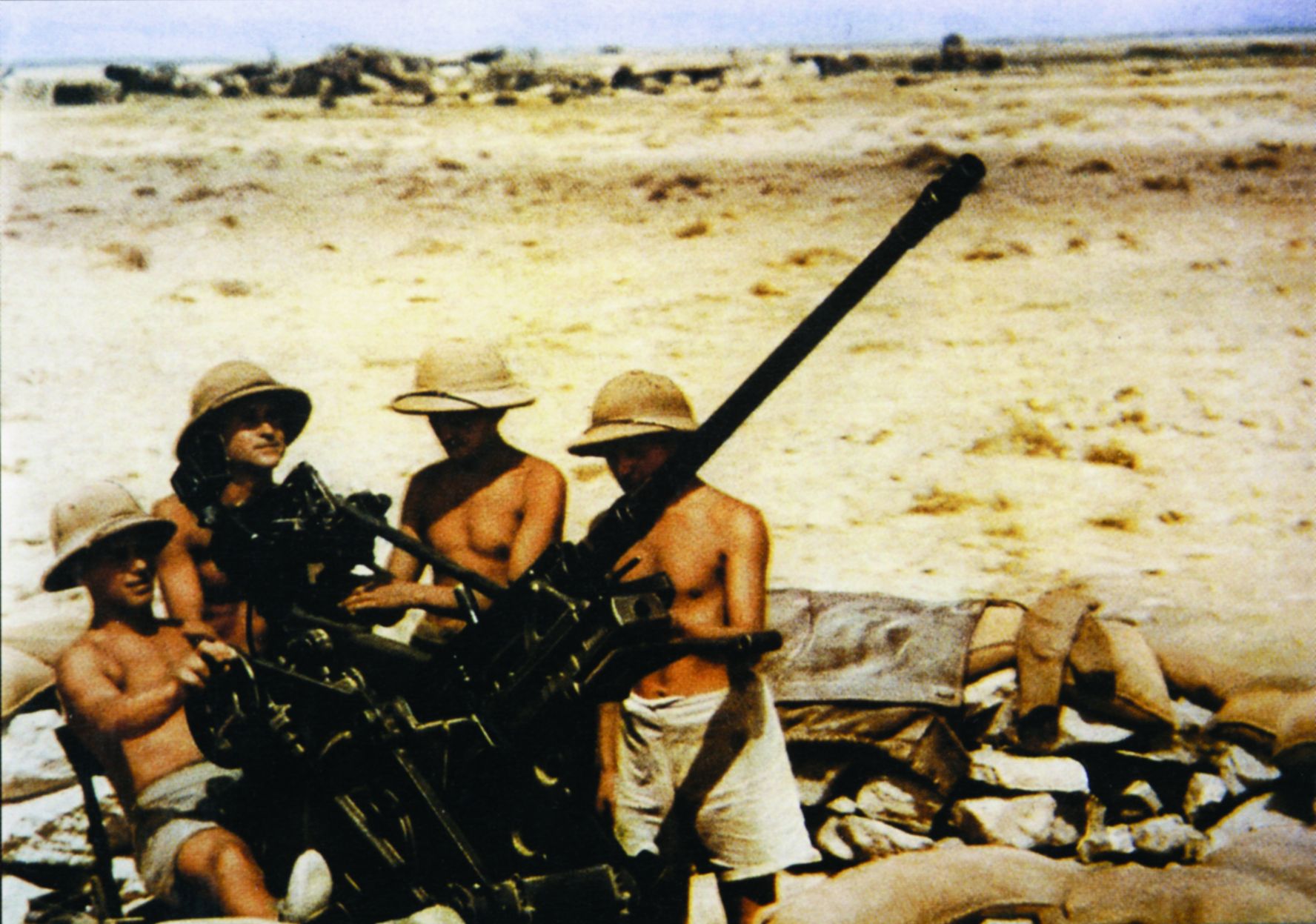
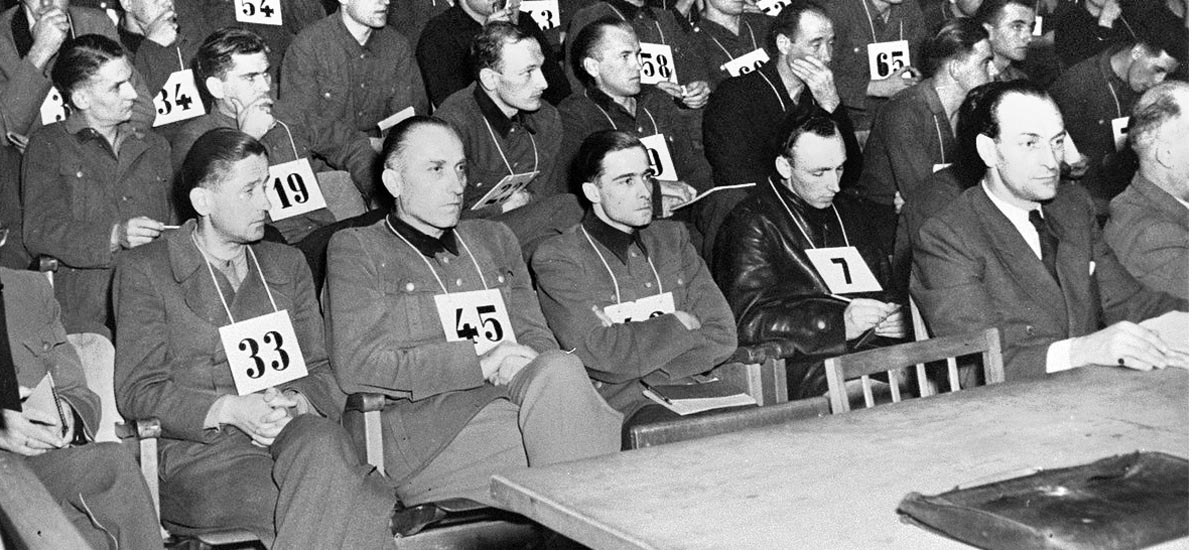
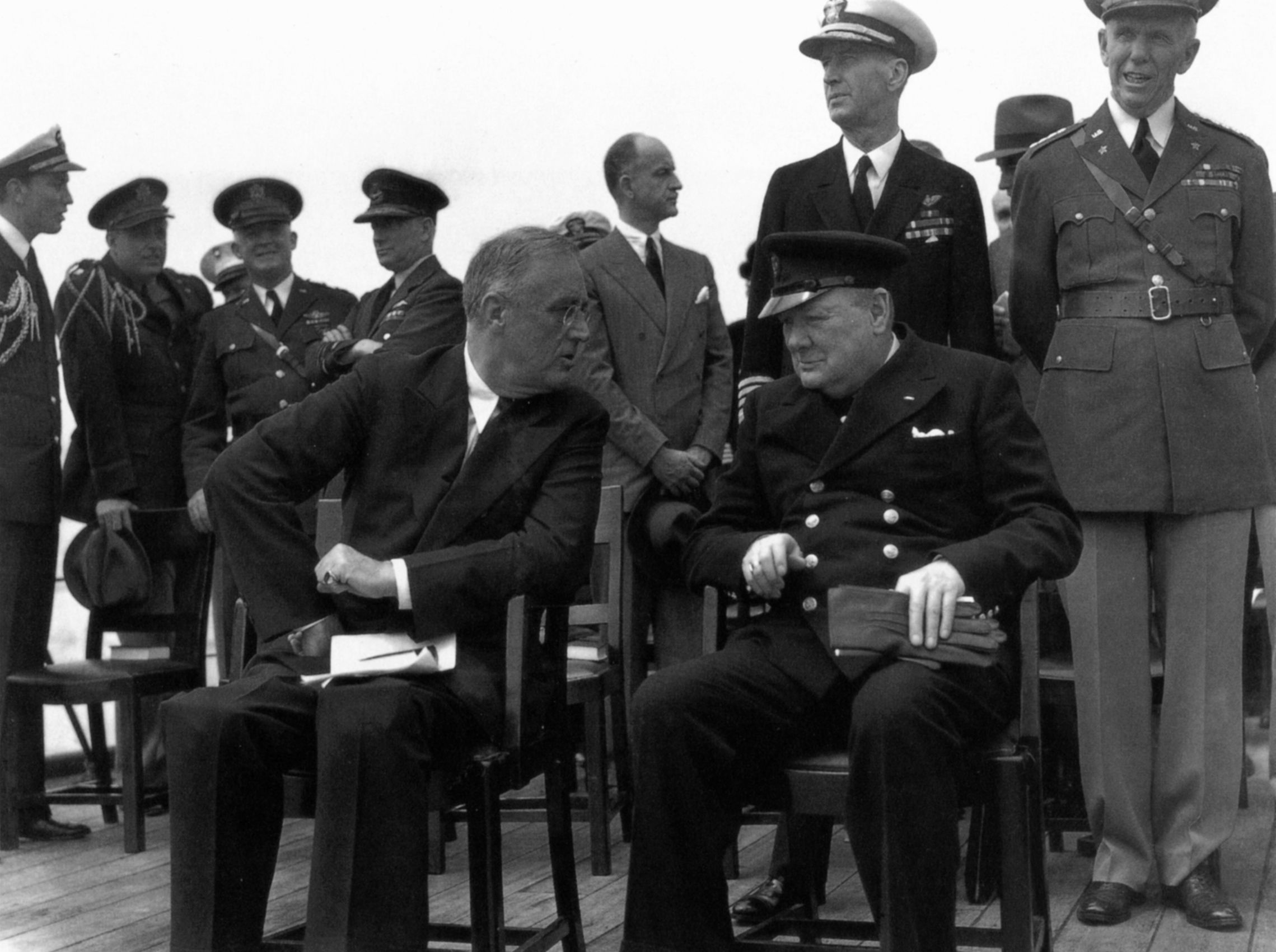
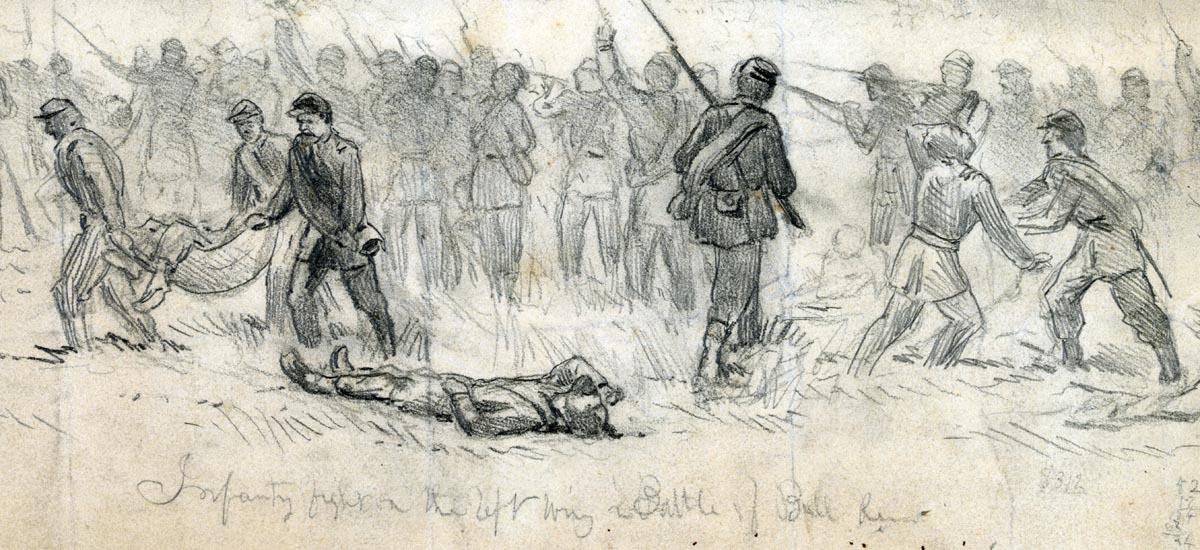
Join The Conversation
Comments
View All Comments